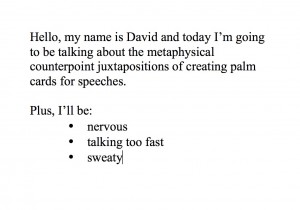 I’ve created a template to print your own speech palm card template for your kids’ school speeches or your own! In my case the school wanted palm cards of the size 10cm (100mm) by 7cm (70mm), so that’s the free template you can download in MS Word .docx format for free by clicking here.
I’ve created a template to print your own speech palm card template for your kids’ school speeches or your own! In my case the school wanted palm cards of the size 10cm (100mm) by 7cm (70mm), so that’s the free template you can download in MS Word .docx format for free by clicking here.
If you need to create different sized speech cards than the template I’ve done, then just go into Microsoft Word’s Format > Document and navigate to the Page Setup window. In there you should see the ability to select different sizes, including the ability to ‘Manage Custom Sizes’. If you select that, you have the ability to create your own sized document (which is all I did to create the template you found here). Given the huge number of versions of MS Word I can’t really be more detailed than that I’m afraid.
Hope that takes one small piece of stress out of the speech creation experience!
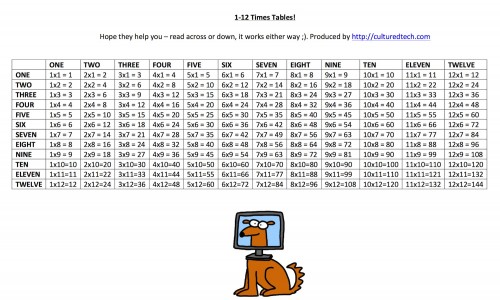
 http://www.slactions.org/
http://www.slactions.org/
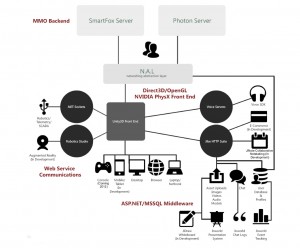
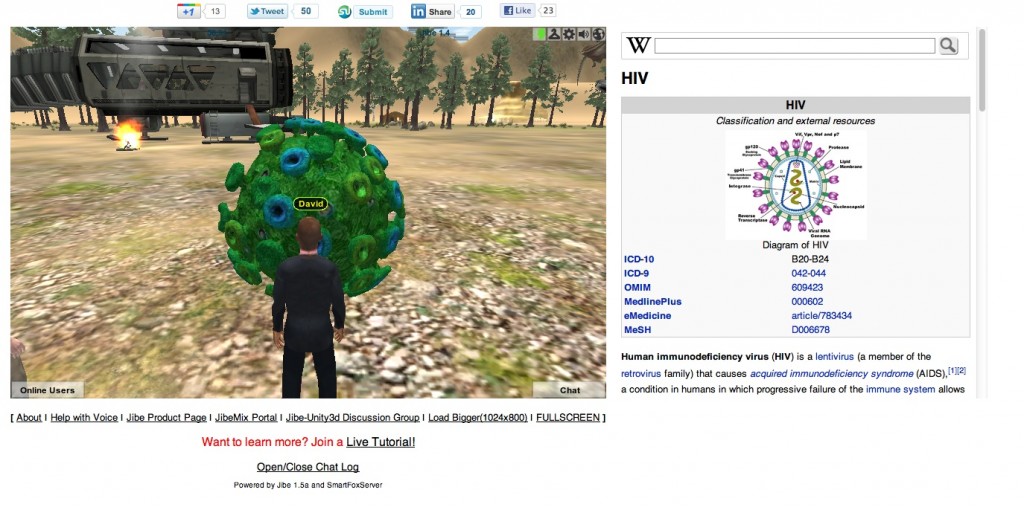


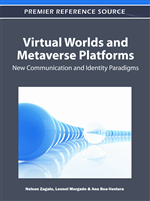

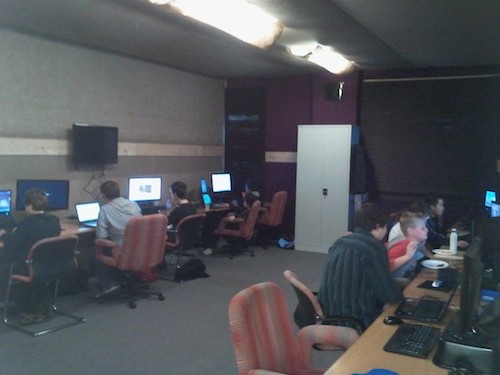
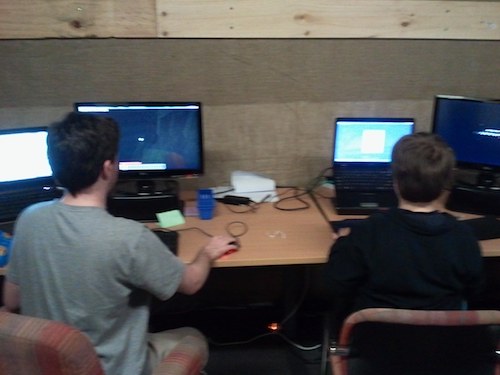

Recent Comments